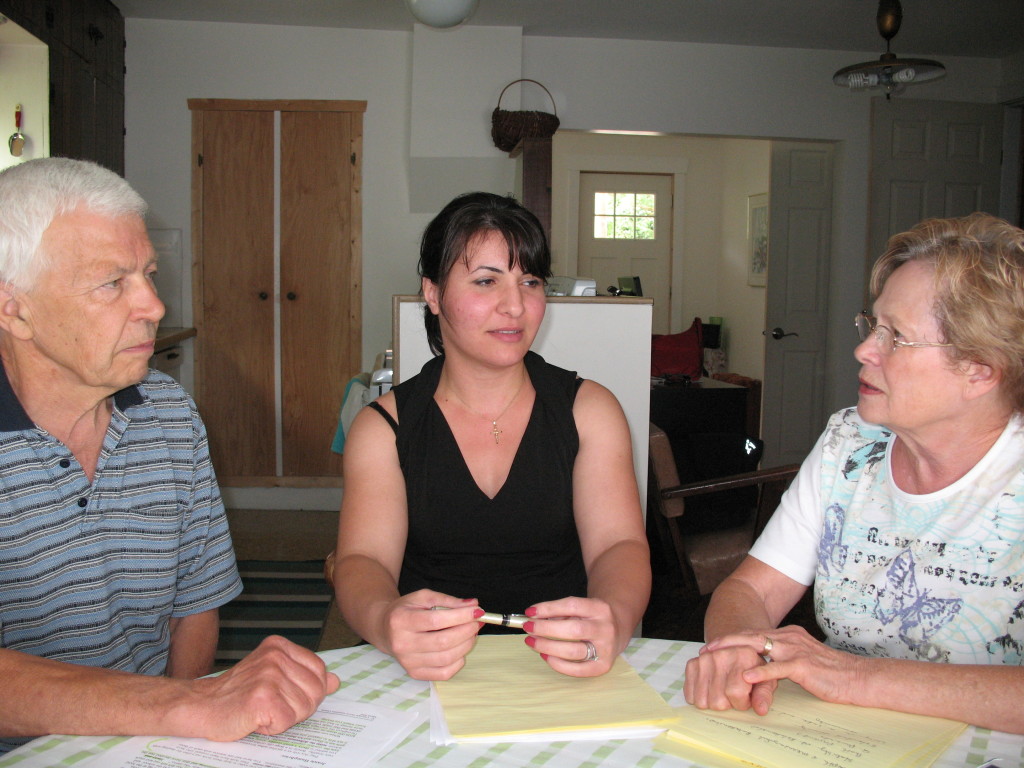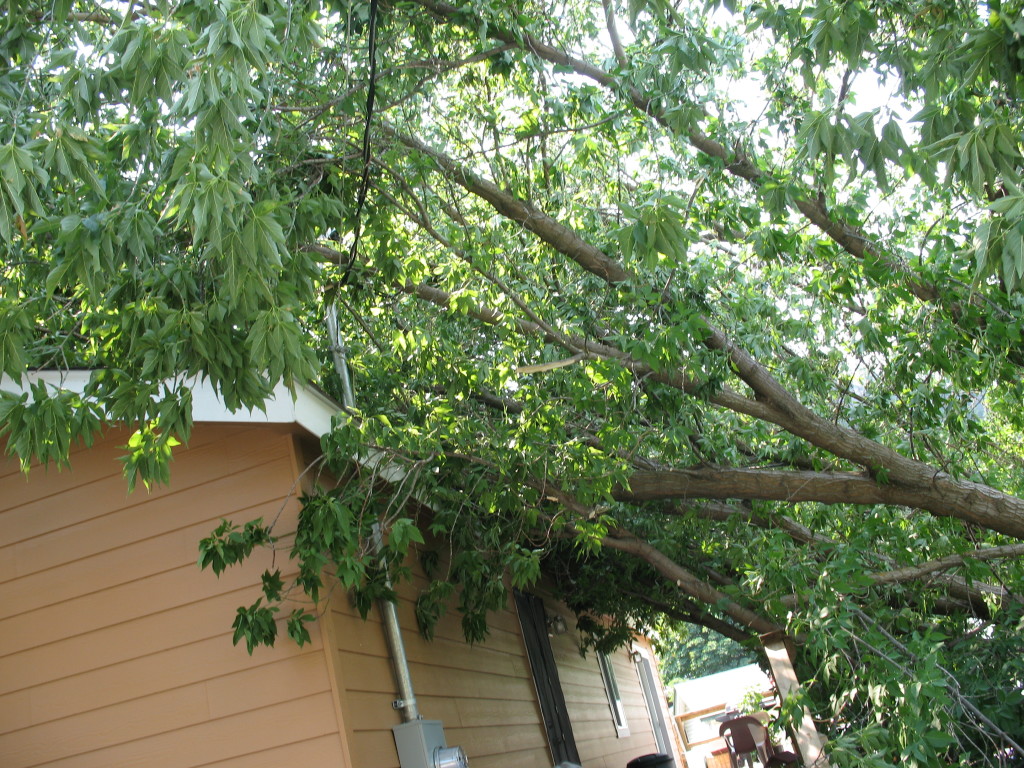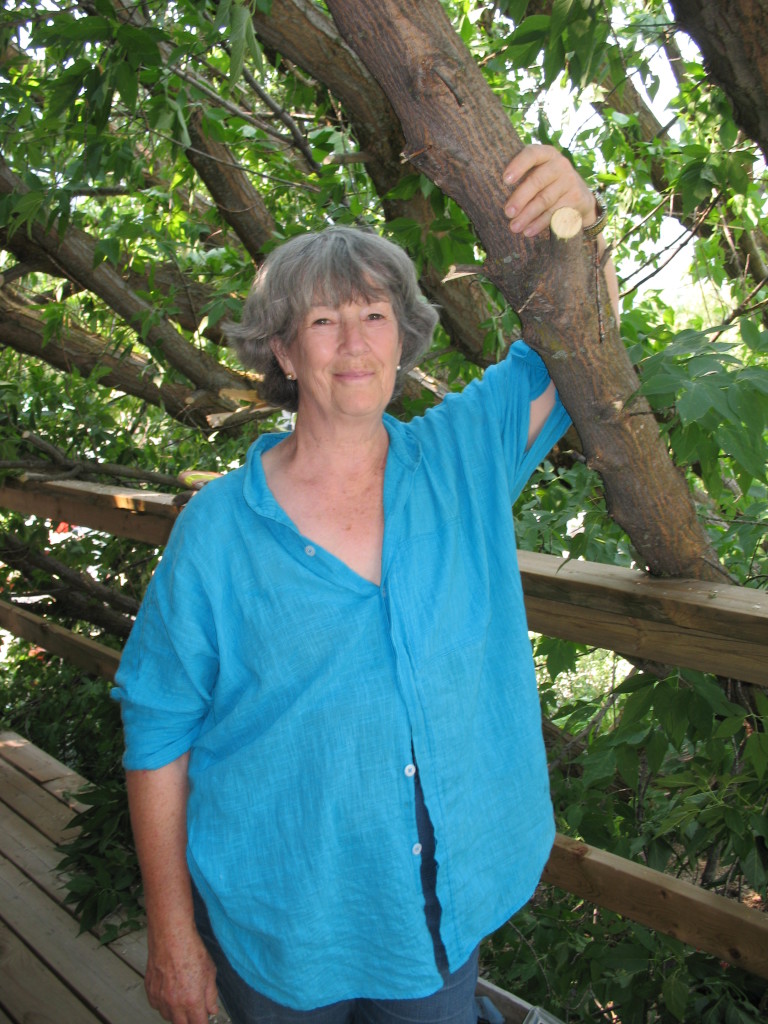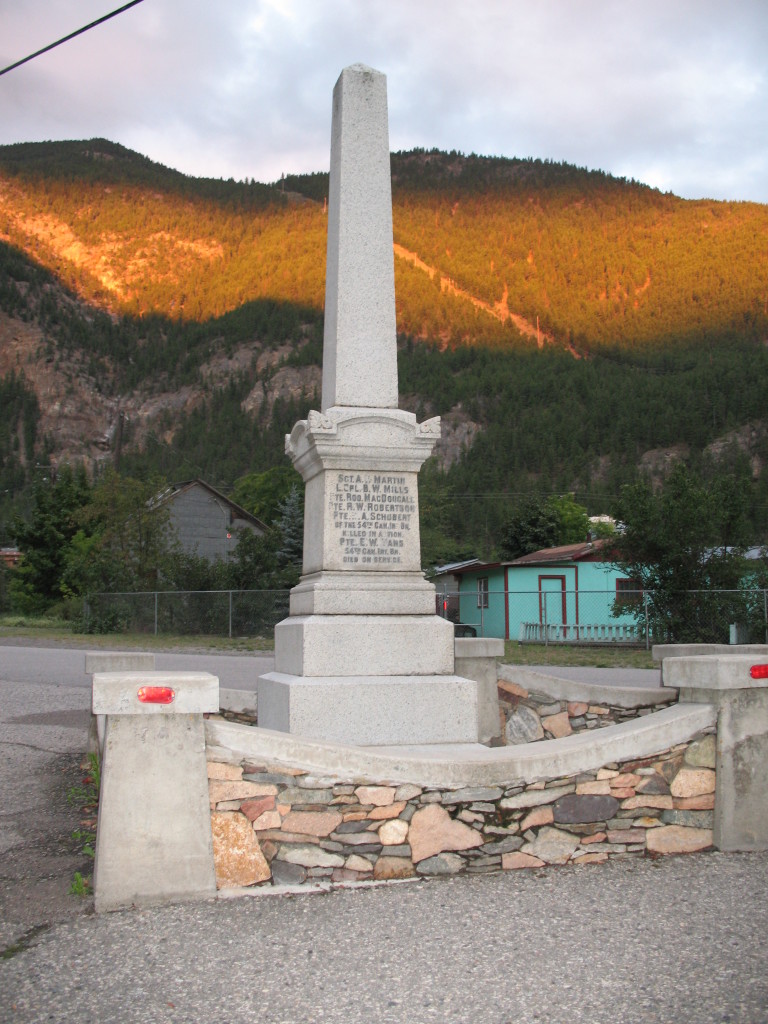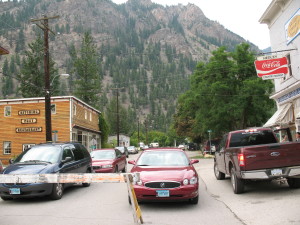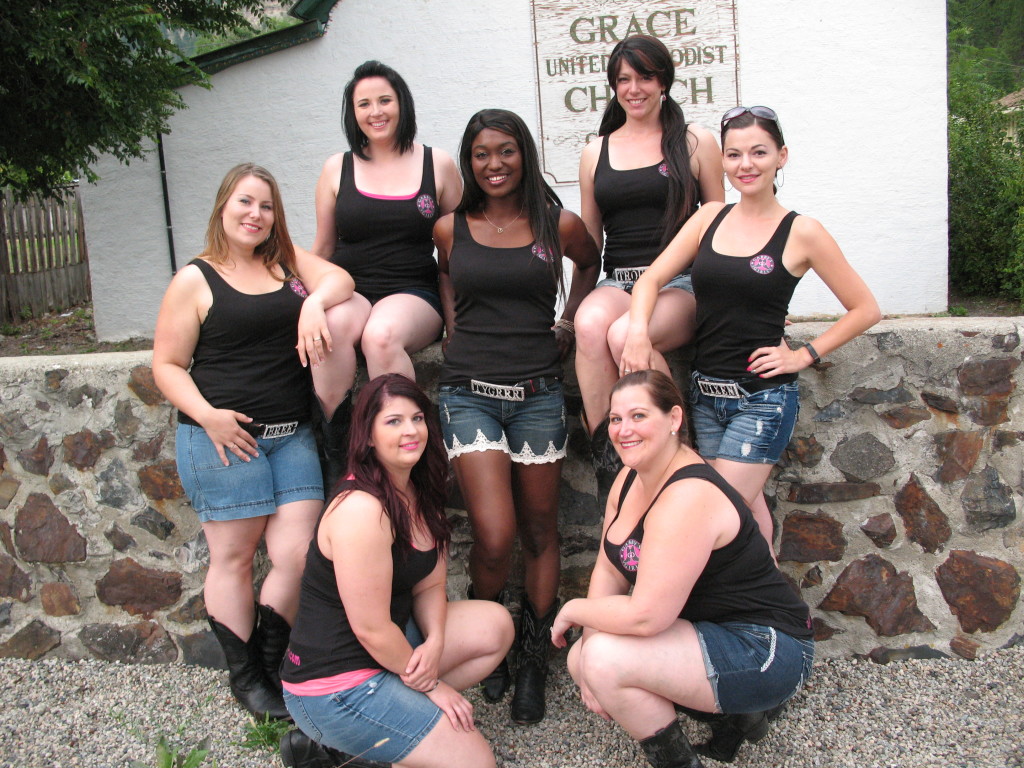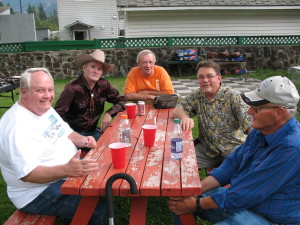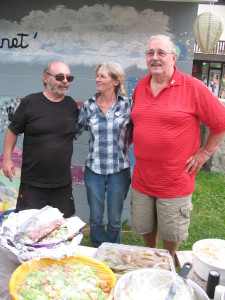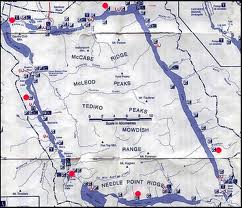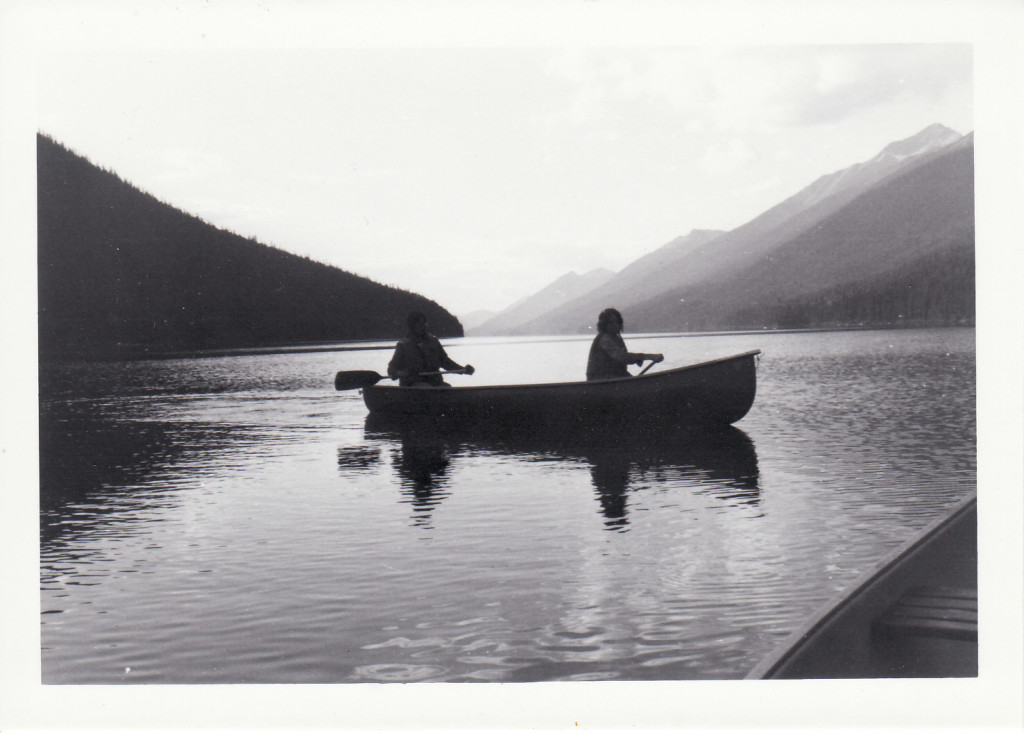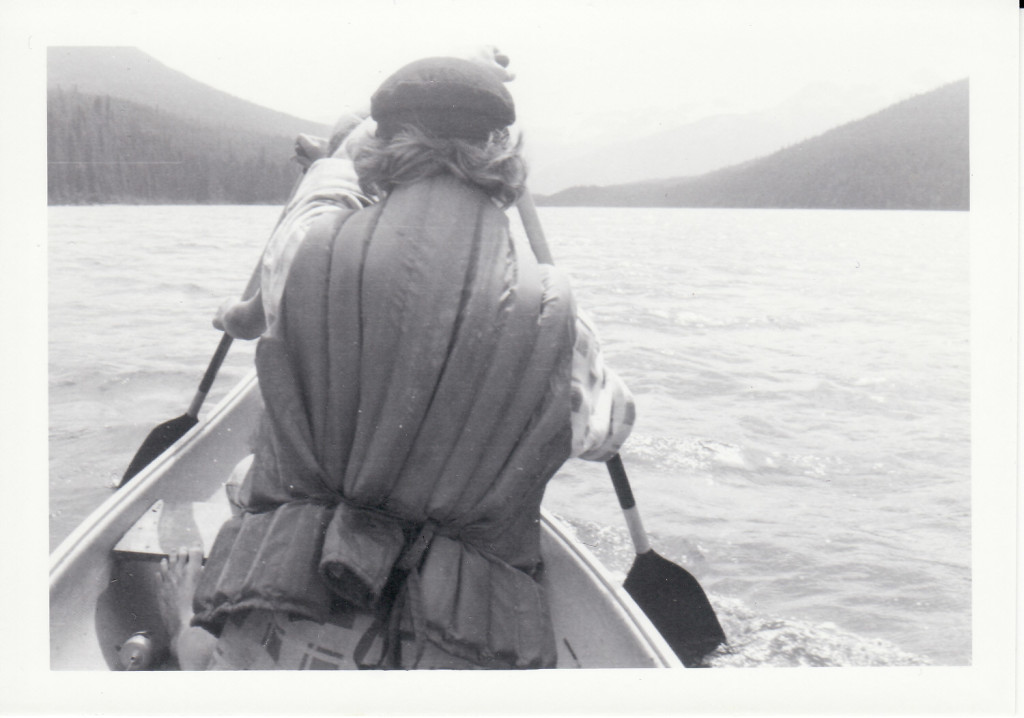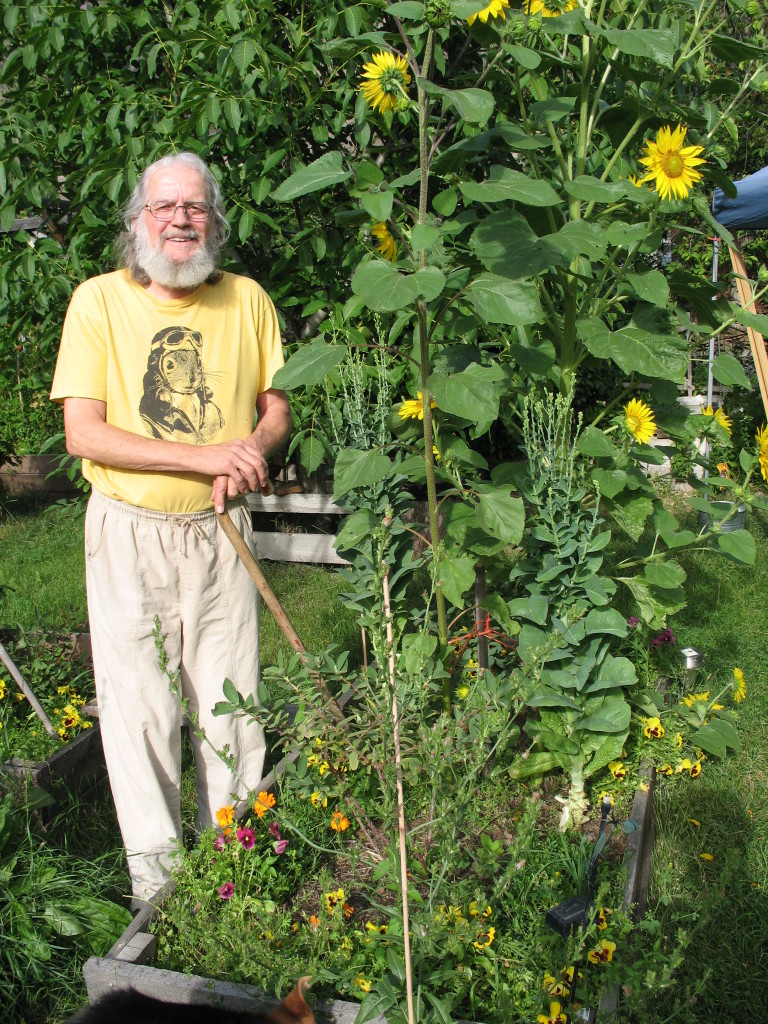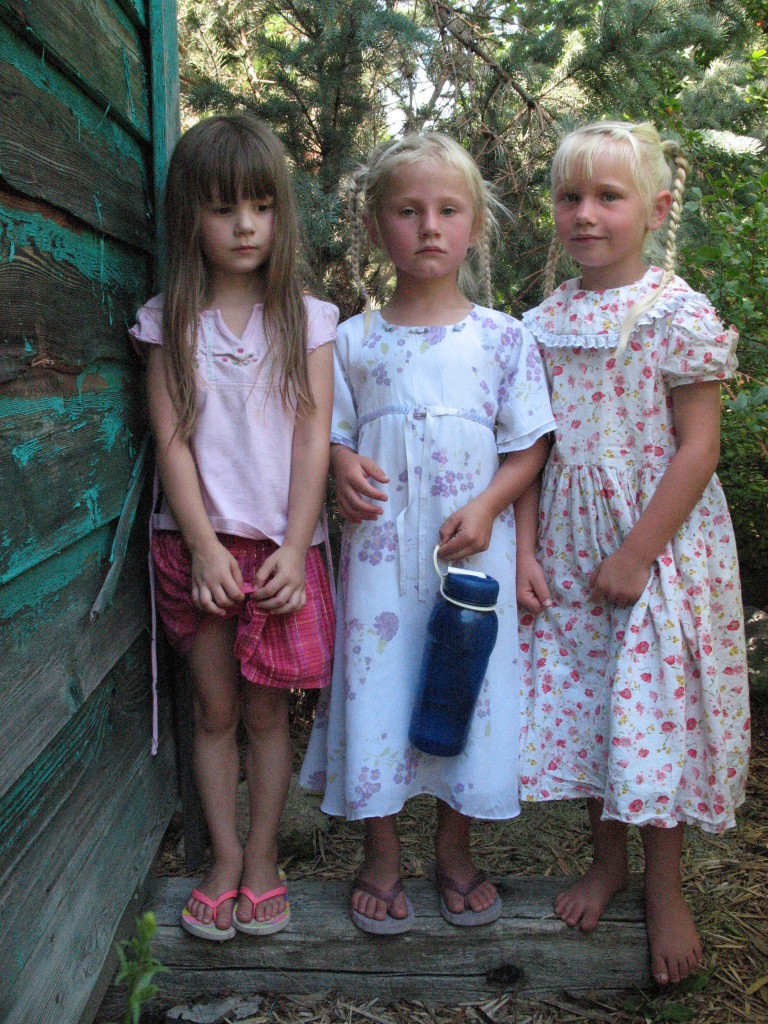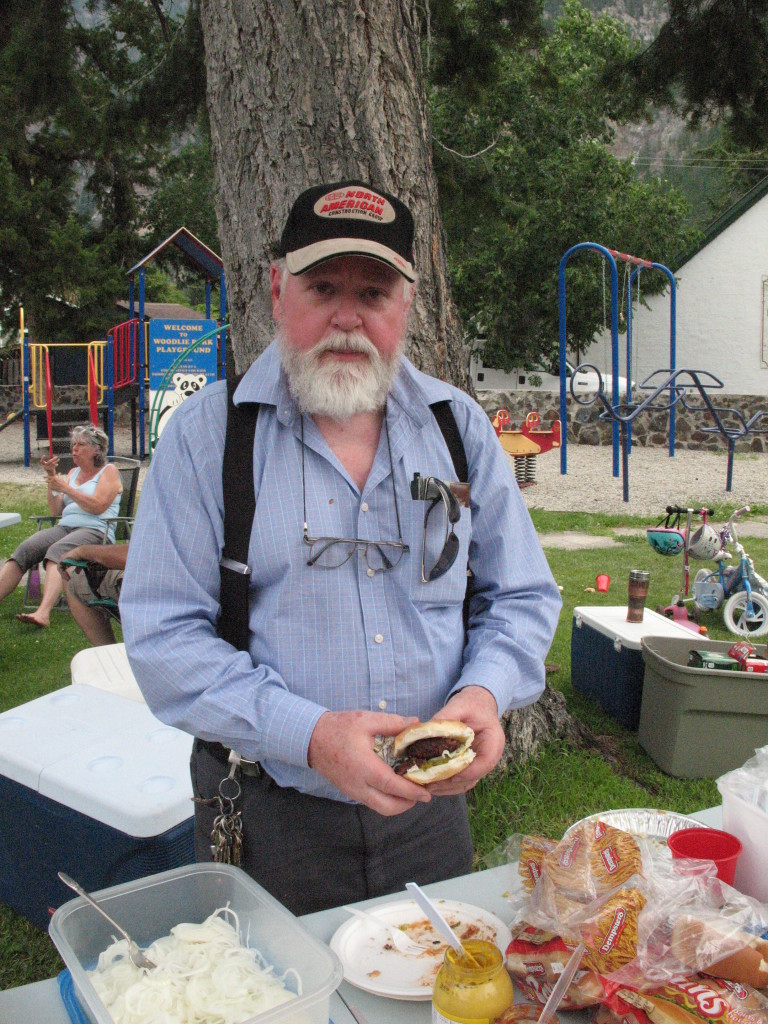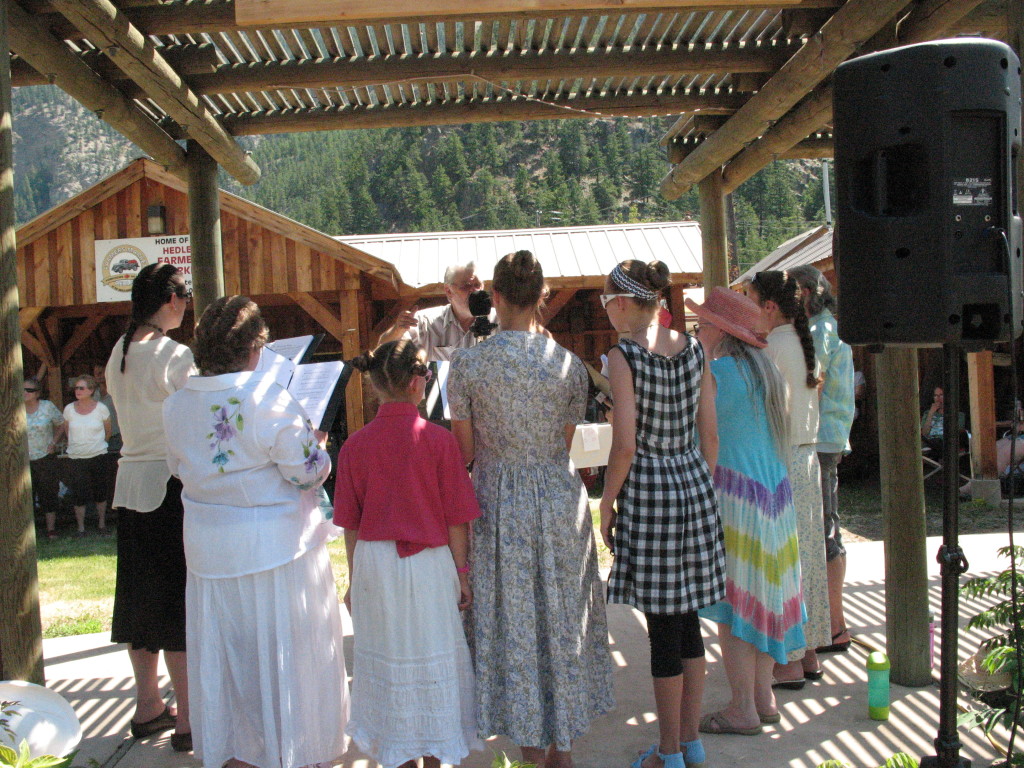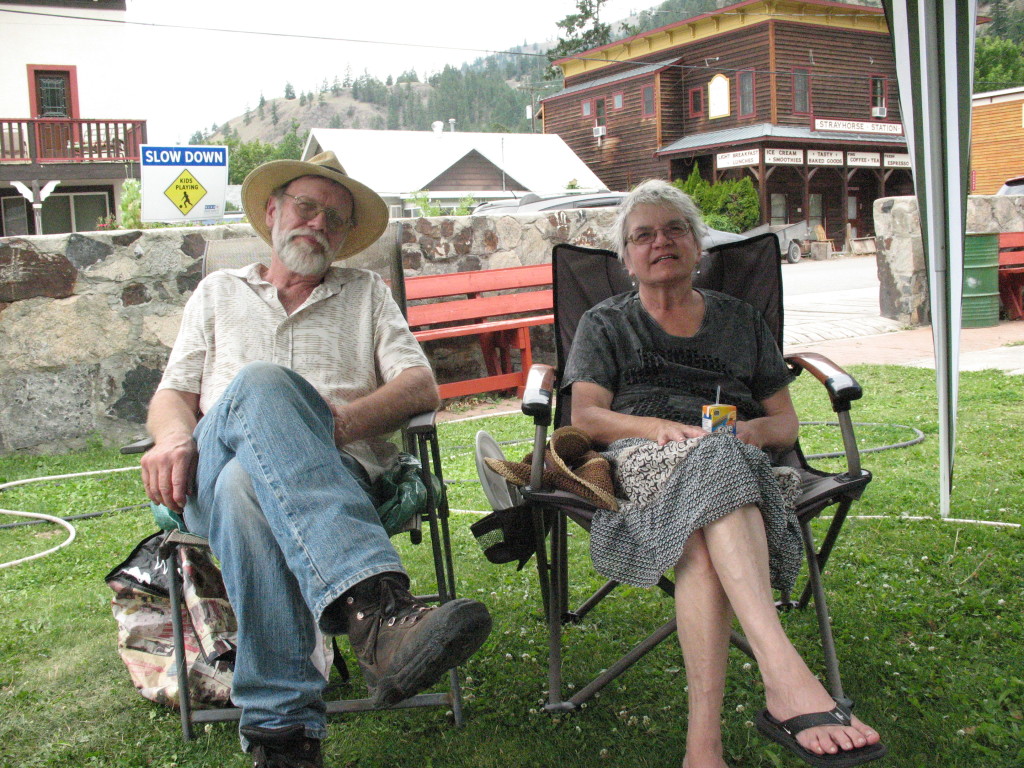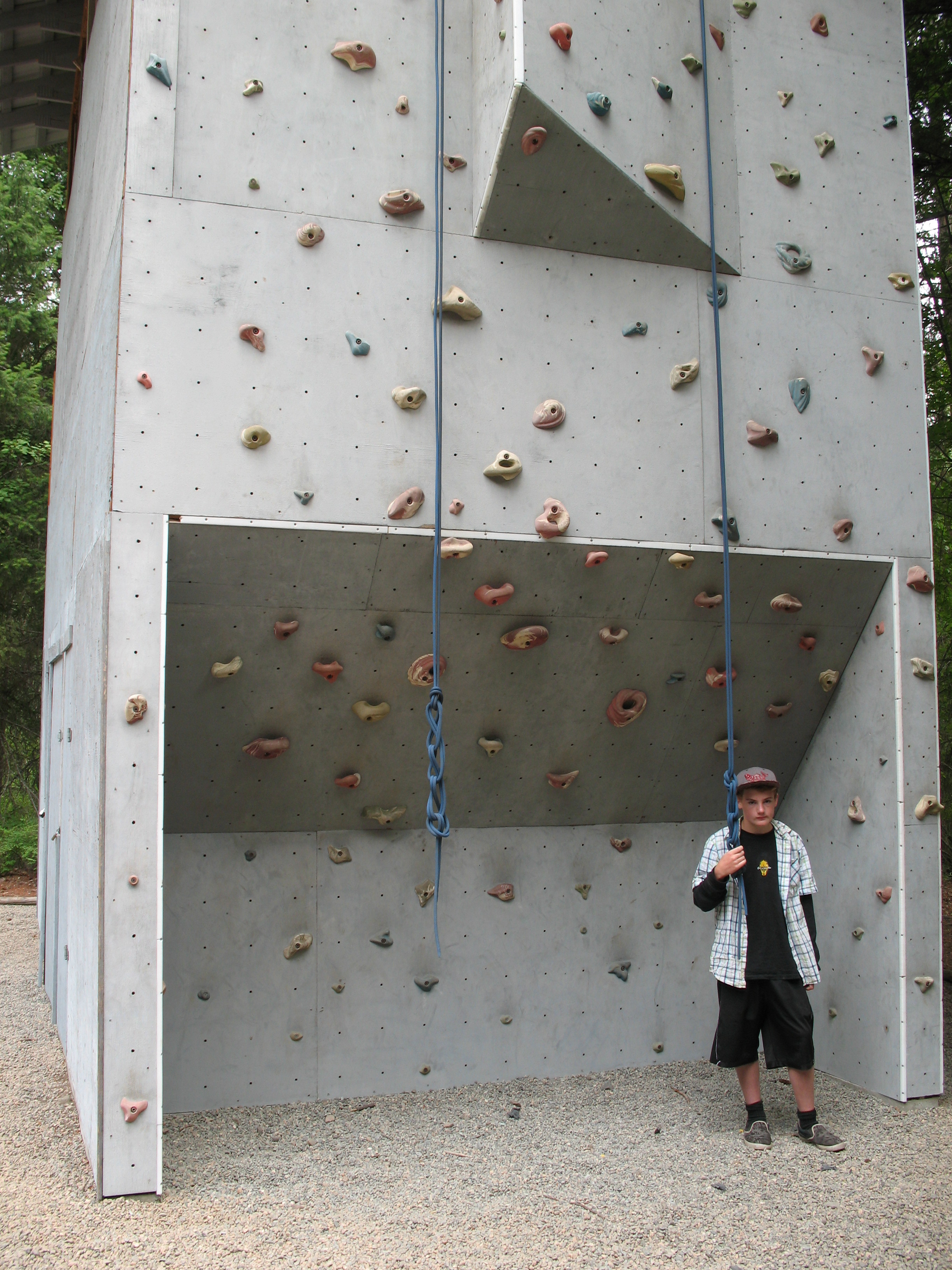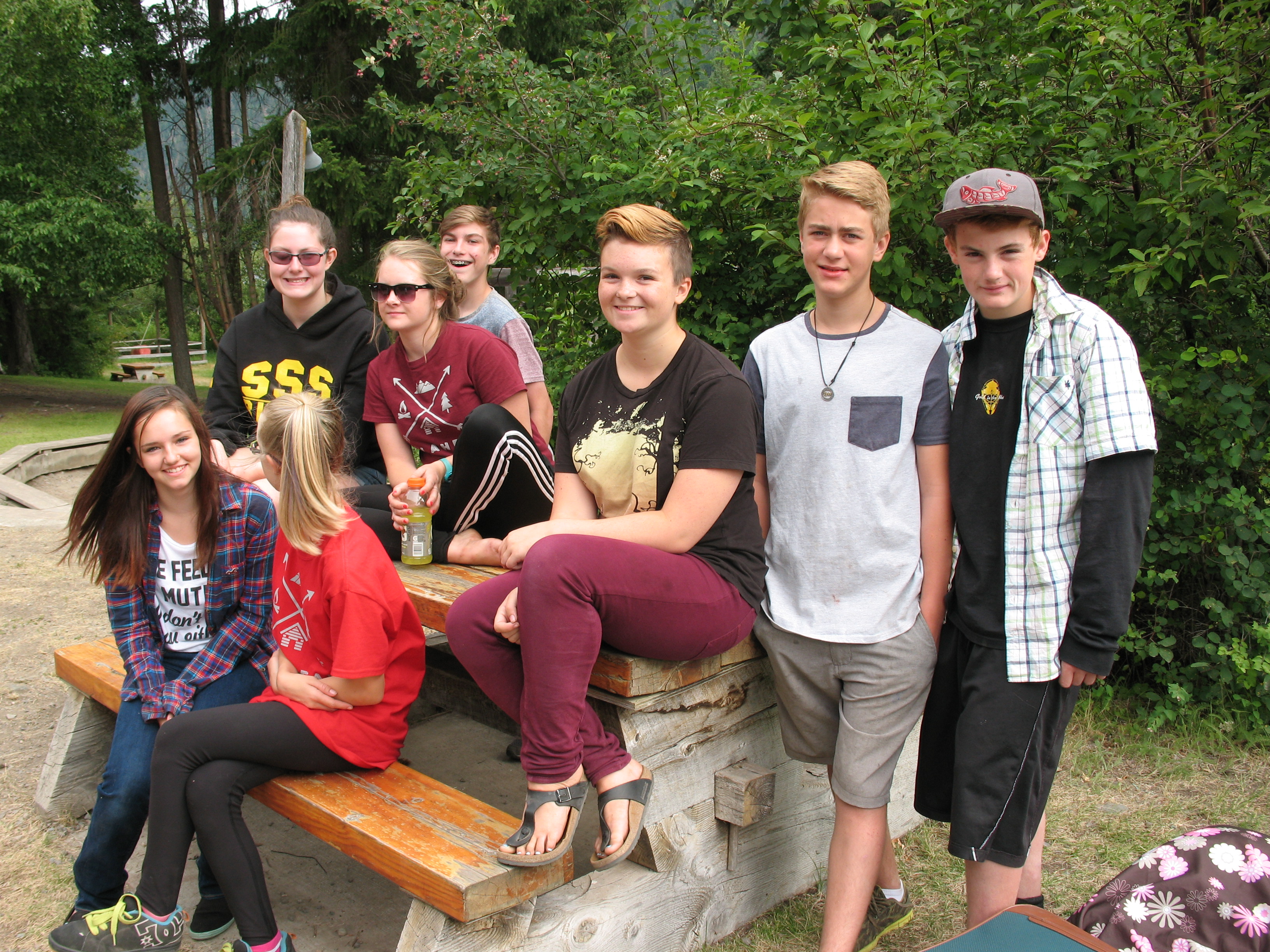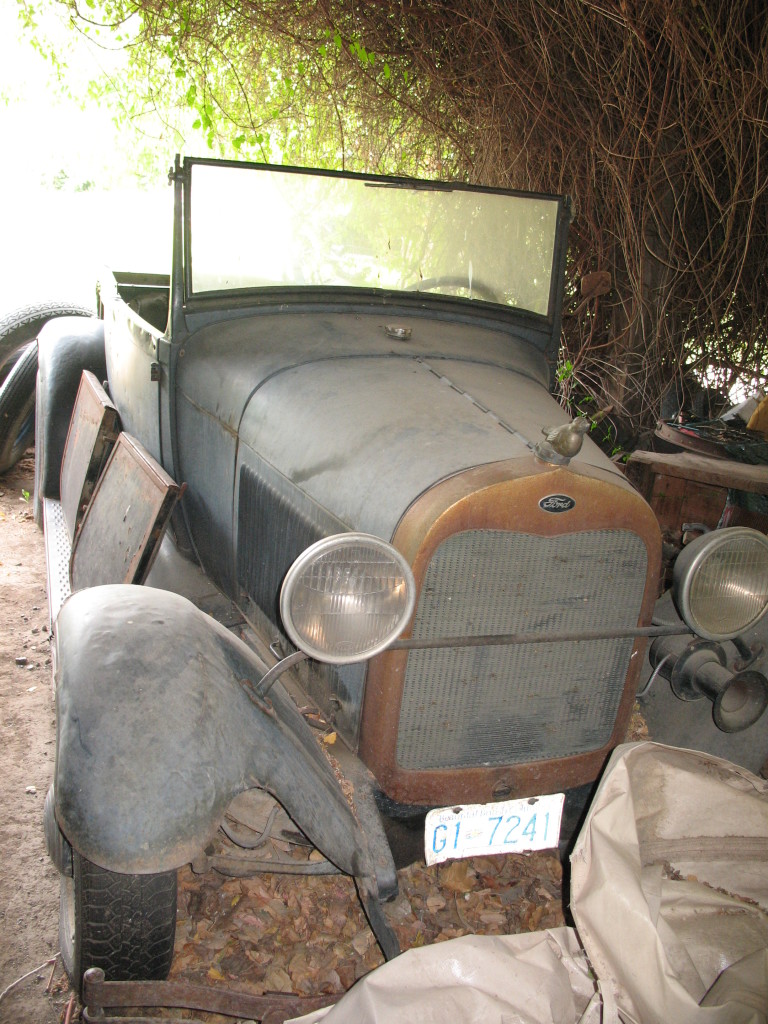When our friend Maha asked Linda and me to role play a marriage breakup for her Family Mediation course, we were again amazed at how complex and messy marital separation can be. Linda was assigned the role of Jeanie, who had enjoyed considerable affluence in her home. I was Harry, product of a single parent family offering few extras.
Jeanie had been attracted to Harry for the way he lived life with reckless abandon. He had been dazzled by her pretty face, awesome figure and party girl personality. After 5 years of marriage and a set of twins, they had agreed to separate. They asked Maha for mediation.
Maha explained she wouldn’t take sides or tell them how to resolve their differences. She encouraged them to speak to each other, using respectful language. They would set the agenda and she would endeavour to keep them on track. The following is a snippet of the role playing session.
* * *
“When we got married,” Jeanie began, “my Daddy gave me $200,000 as down payment for a home. I want that money now so I can move to Vancouver with the girls. Daddy will stop sending me money every month unless I leave Harry. Anyway, I want Harry as far away from me and the girls as possible.”
“You’ve changed a lot Jeanie,” Harry said. “That night 5 years ago when we met in Iceman’s Cave, you couldn’t keep your hands off me. When I saw the Porsche your father gave you I should have known we weren’t a good match. Two weeks and we got hitched. Now your plan leaves me nothing but the mortgage. What a fool I was!” Jeanie smirked.
“I feel I need to remind you it’s important you show respect for each other,” Maha interjected.
Harry nodded, then continued. “About that $200,000, well Honey, if you think you’re going to get it all, you need to give that pretty head of yours a serious shake. The money was given to us both. You’ve never even let me look at the cheques from your father. Did that pay for the new mustang convertible?”
Jeanie ignored the question. “Daddy has a good lawyer,” she said, scarcely concealing the derision in her voice. “He’s a partner in a big law firm in downtown Vancouver. He’ll get the money for me.”
“Let’s remember to show respect,“ Maha said. “You should both get legal clarification about the $200,000. What other issues do you want to talk about today?”
“I want sole custody of the girls,” Jeanie said. “I’m going to enrol them in a very good school in Vancouver. Harry can have visiting rights on weekends two or three times a year.”
“My Dad walked out of the family when I was a kid,” Harry countered. “Do you want our daughters to experience the kind of life I had? I’ll be asking for shared custody.”
Jeanie impatiently tapped the fingers of her finely manicured left hand on the table. “You don’t have the income. I’ll talk to Daddy’s lawyer about this. He knows all the judges.”
At the end of an hour Maha suggested they meet again in a week, after they had consulted with their lawyers and given some thought to possible solutions. She stressed it was essential they continue talking.
* * *
Having observed at close range the devastation accompanying relationship break ups, I feel prior to a marital type of commitment, a couple will benefit from seeing an experienced counsellor. Such an individual could have made Jeanie and Harry aware of the deep chasm of values and perception lying between them, and the attending risks. If they had still been determined to marry, they might have obtained help before their relationship deteriorated so badly.
Even in a toxic relationship, a counsellor or mediator can help lower the emotional temperature. In some instances, such an individual can enable a couple to understand their relationship is redeemable.
Walking away from an incendiary union without seeking help may set both individuals up for further failure or heart break in the future. We may believe we can leave our baggage behind, but that is usually wishful thinking. Time, effort and patience can bring a satisfaction that comes only from a deep commitment between two people. Overcoming the bumps contributes to the excitement and richness of a relationship.

